LATEST INSIGHTS
Your Present Location: LATEST INSIGHTSBrandishing tariffs won't revive US manufacturing
Source: Global Times Published: 2025-04-09
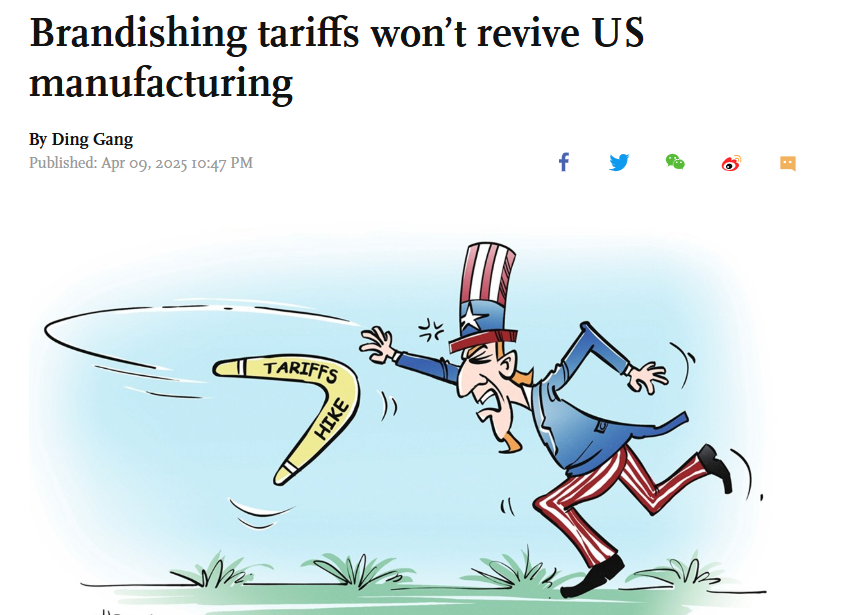
By Ding Gang
Senior Editor with People's Daily
Senior Fellow of Chongyang Institute for Financial Studies at Renmin University of China (RDCY)
Our story begins in the 1980s, a decade that would set the stage for one of history's most consequential economic reversals of the two countries, China and the US.
American manufacturing was just beginning to slip from its 1960s zenith, although its engineering and technical workforce remained robust and world-leading. Across the Pacific, China started to take bigger steps into manufacturing following the launch of economic reforms. With a sparse technical workforce and antiquated equipment, it was a nation still finding its industrial footing.
Fast forward 40 years, and the situation has dramatically reversed - a plot twist worthy of a Shakespearean drama.
From the late 1970s to today, America has witnessed the gradual exodus of its engineering and production talent, creating a structural, long-term crisis.
In 1979, American manufacturing employed nearly 20 million people, representing 22 percent of non-agricultural employment. Today, that figure has shriveled to approximately 13 million, marking a 35 percent decline. The technical workforce - skilled laborers and high-end engineers - has hemorrhaged, either migrating to software and financial sectors or disconnecting from manufacturing as jobs moved offshore. This trend has never meaningfully reversed.
The knowledge infrastructure of manufacturing has likewise withered. Complex processing procedures and integrated supply chains have become fragmented and outsourced, hollowing out core technical capabilities in many industries. America's manufacturing "knowledge ecosystem" has essentially collapsed - like a forest where not just the trees but the soil itself has been stripped away.
Meanwhile, since the 1980s, Chinese manufacturing has followed an entirely different trajectory.
First, an enormous talent pool has been continuously accumulated. Today, China boasts roughly 100 million manufacturing workers, including many technical and engineering personnel. This high-caliber engineering force sustains China's vast manufacturing system, replenished annually by more than 5 million STEM graduates - creating a virtuous cycle of talent development as reliable as the changing seasons.
Second is the steady deposition and expansion of manufacturing expertise. In 2024, China's investment in research and development exceeded 3.6 trillion yuan ($494.69 billion), second only to the US globally.
Unlike the US, however, these funds have heavily flowed into physical manufacturing and cutting-edge technology domains. Today, China's industrial robot density exceeds that of America, and Chinese technology in high-speed rail, semiconductors and electric vehicles has vaulted to global leadership positions.
Historically speaking, this scenario differs dramatically from previous great power rivalries. During the Cold War, for example, the US-Soviet competition was built on military and cutting-edge technological rivalry, but the industrial foundations and talent structures of both powers weren't diametrically opposed. Today, American manufacturing finds itself in a precarious predicament. At the same time, China - leveraging the world's most industrious workforce alongside steadily accumulated talent, technology and supply chains - has achieved a qualitative leap forward.
Since taking office, the current US administration has consistently used tariffs as its weapon of choice for reviving American manufacturing. By increasing the cost of foreign goods entering American markets, it aims to encourage American companies to return home, rejuvenating those Rust Belt towns where factory buildings stand as faded monuments to former glory.
Manufacturing functions as an interlocking ecosystem. Core competitiveness depends on engineers, continuous technological innovation and knowledge accumulation. Raising costs for foreign competitors cannot rebuild the widely depleted talent and technical capabilities. This requires time. After all, the massive accumulation of knowledge and industrial ecosystems cannot be replaced overnight.
For America, the critical question now is whether it can cultivate a manufacturing workforce with technical skills comparable to China's over the next 20, 30, or even 50 years. This would require a wholesale reorientation of financial, educational, scientific and social systems toward manufacturing.
The first challenge is how to entice young Americans to join the manufacturing workforce and stand steadily before machines with the same dedication as their grandparents' generation.
To truly rejuvenate American manufacturing, the key lies in returning to industrial fundamentals, prioritizing the restoration of manufacturing knowledge and the technical talent ecosystem. This is inevitably a difficult and long road that cannot be replaced by brandishing tariff clubs or obstructing other nations' manufacturing development.
Of course, America's manufacturing challenges highlight where China should focus next. Maintaining China's accumulation of manufacturing knowledge and its robust engineering workforce is no simple task. Like a garden that requires constant tending, manufacturing excellence demands perpetual nurturing - a lesson both nations would do well to remember.
Key Words: Ding Gang, RDCY, US, manufacturing











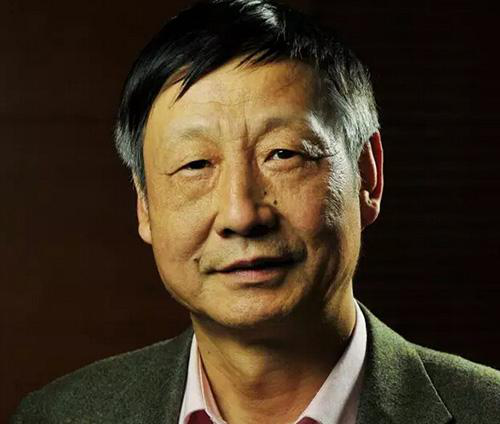



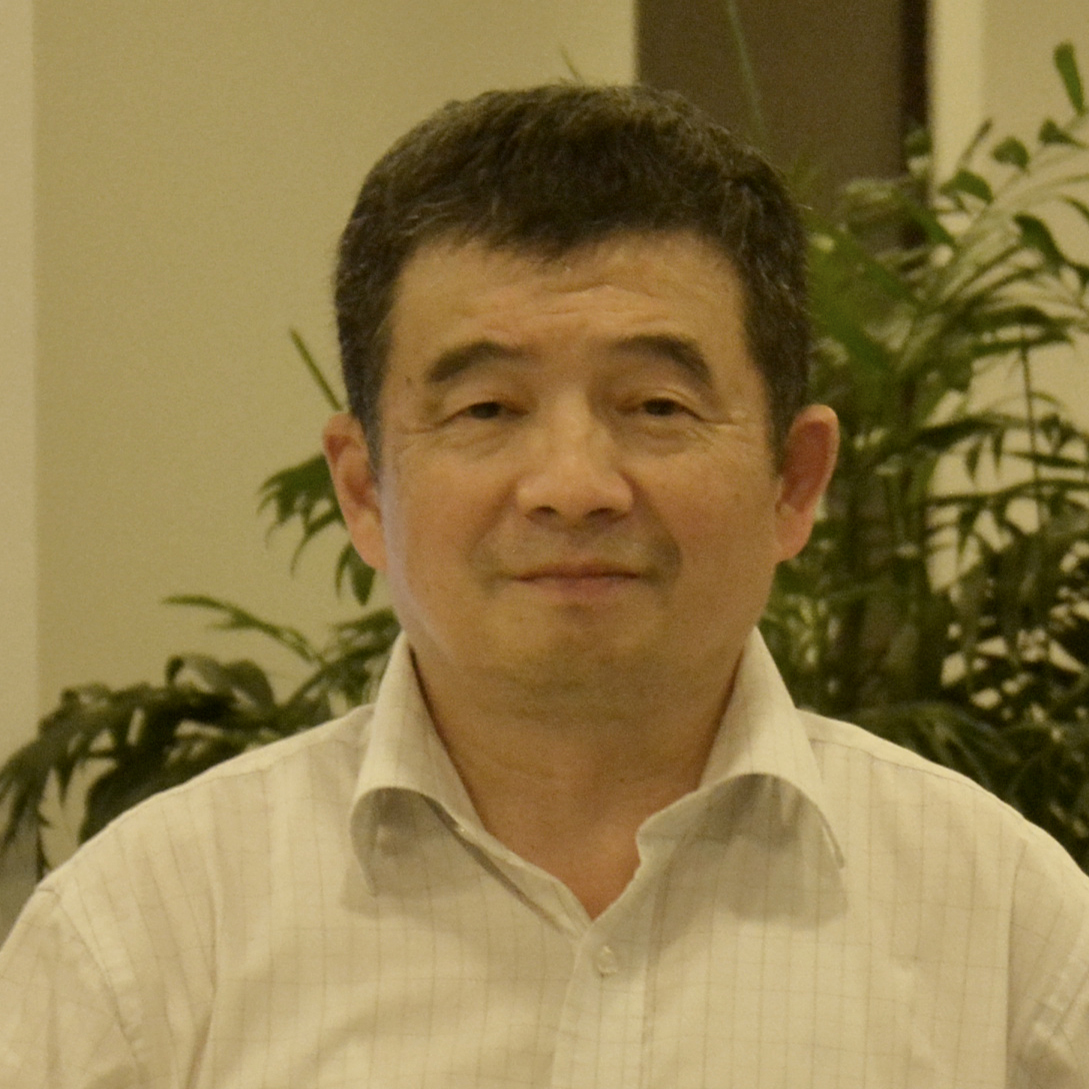


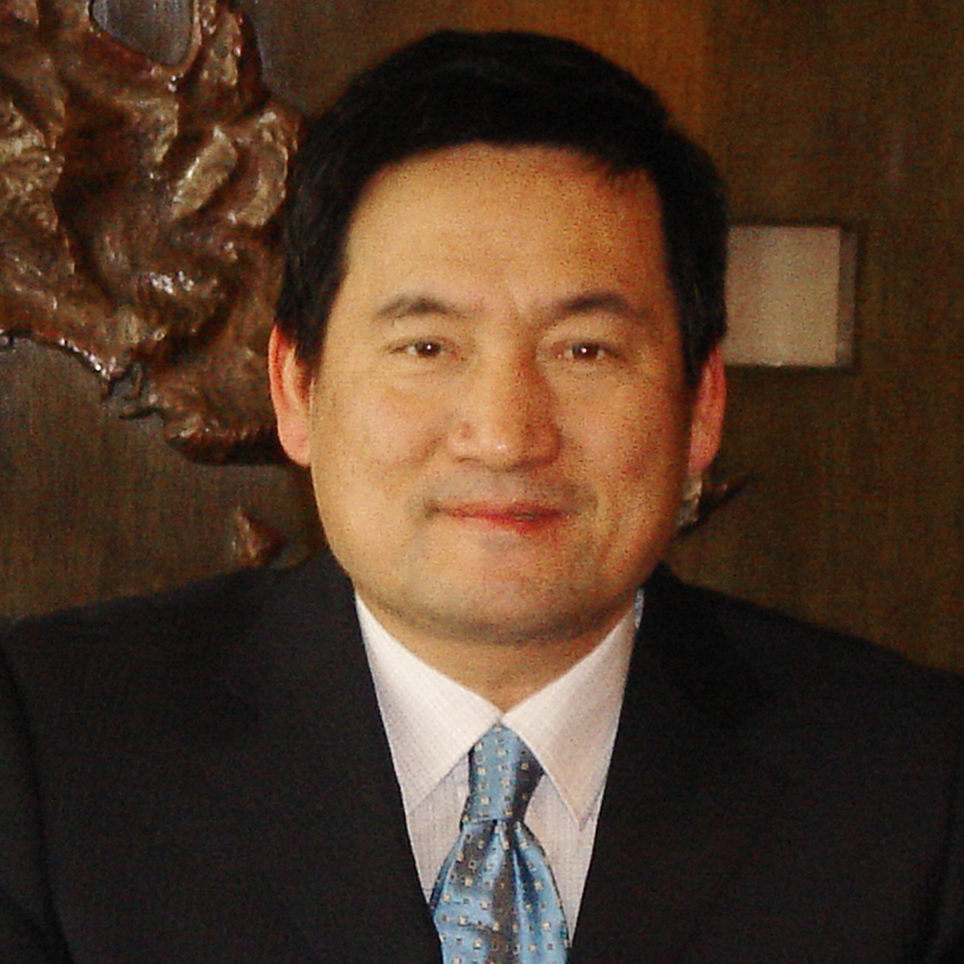





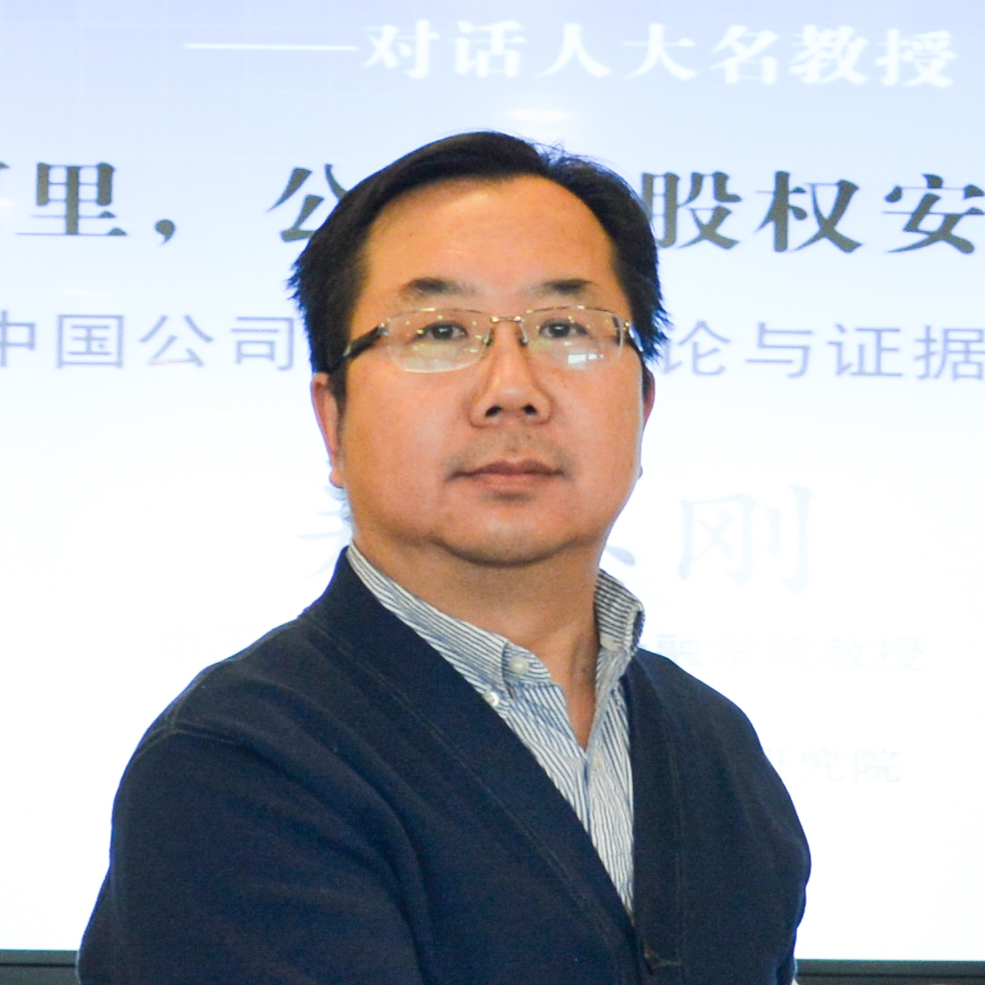
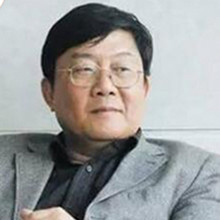

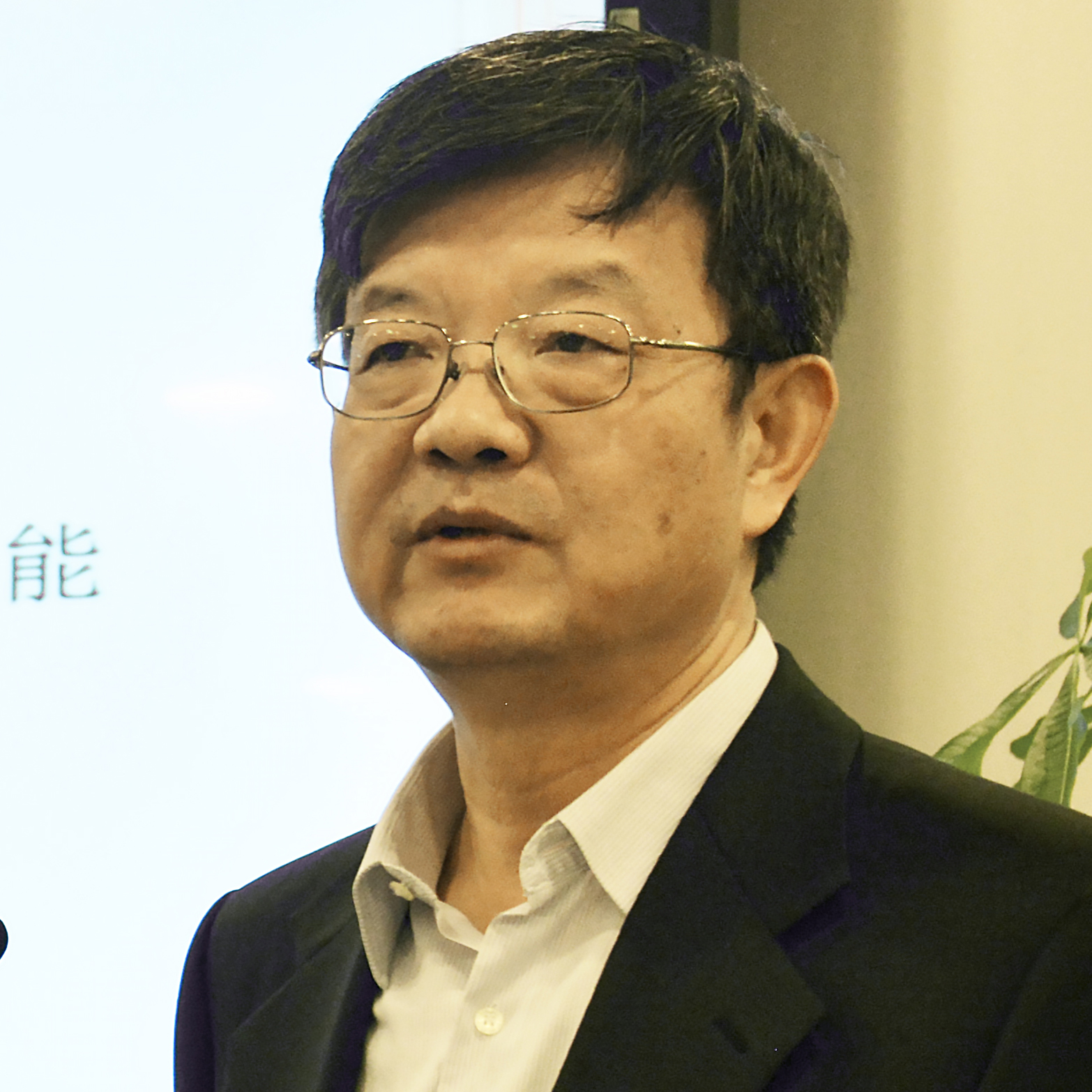



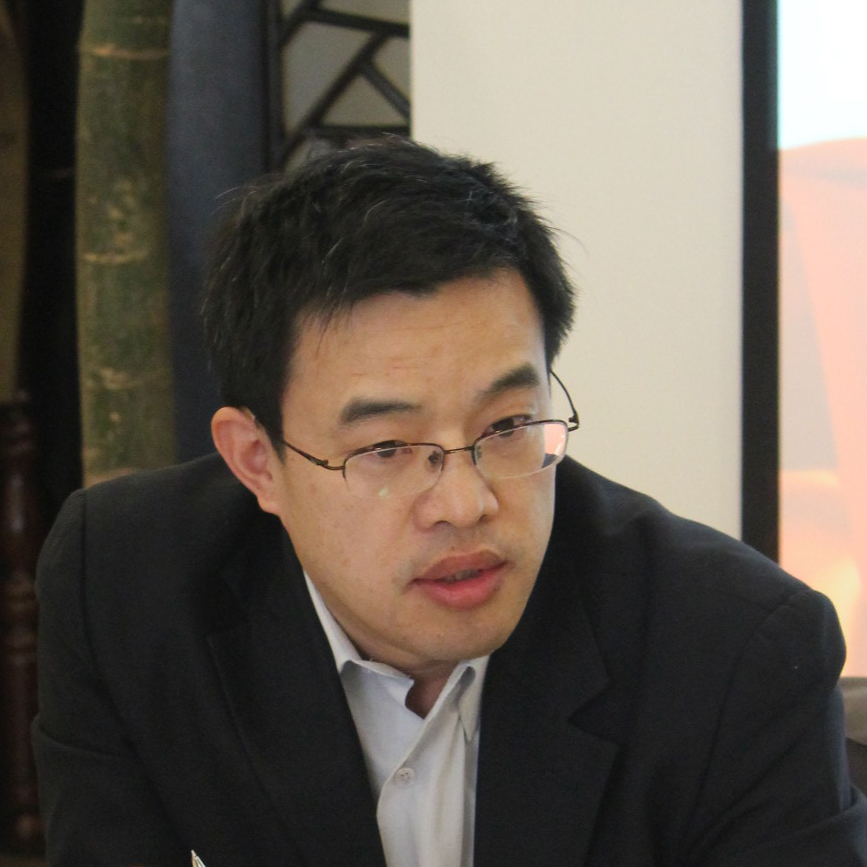
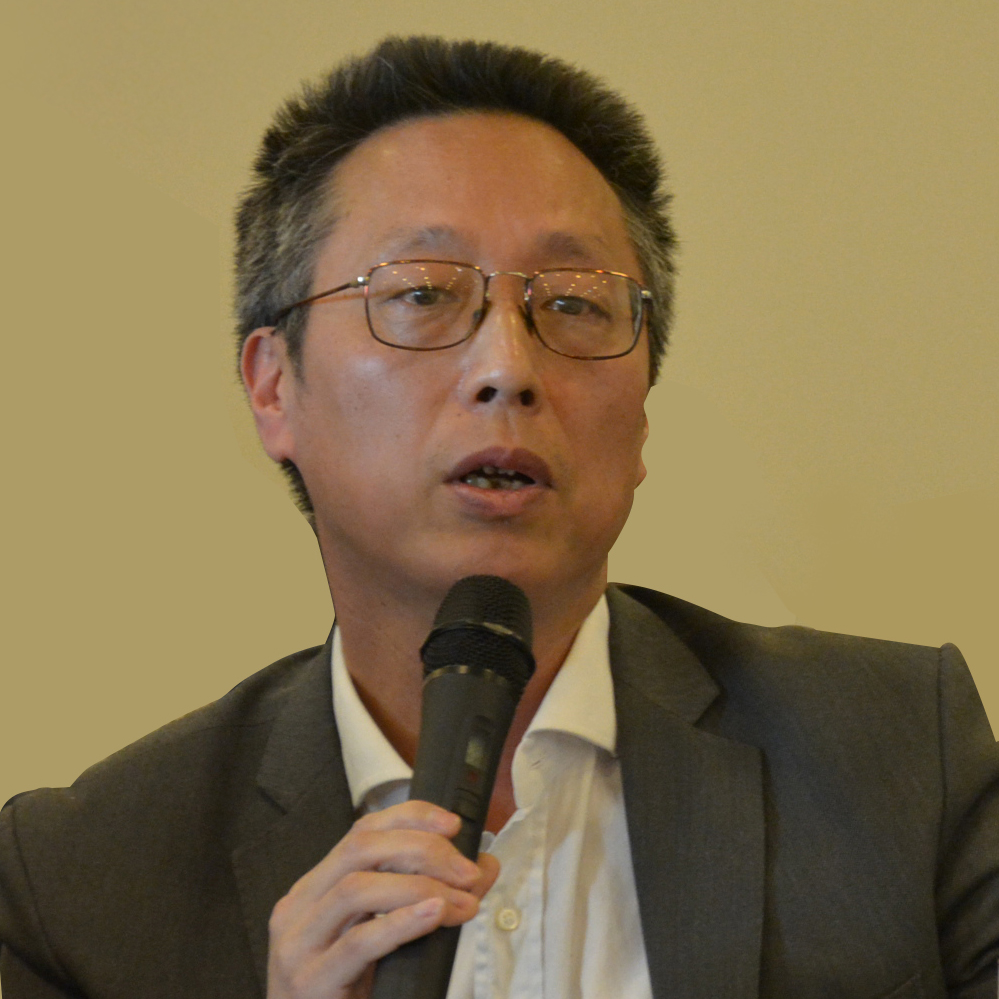
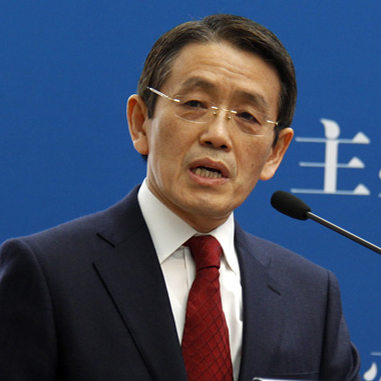

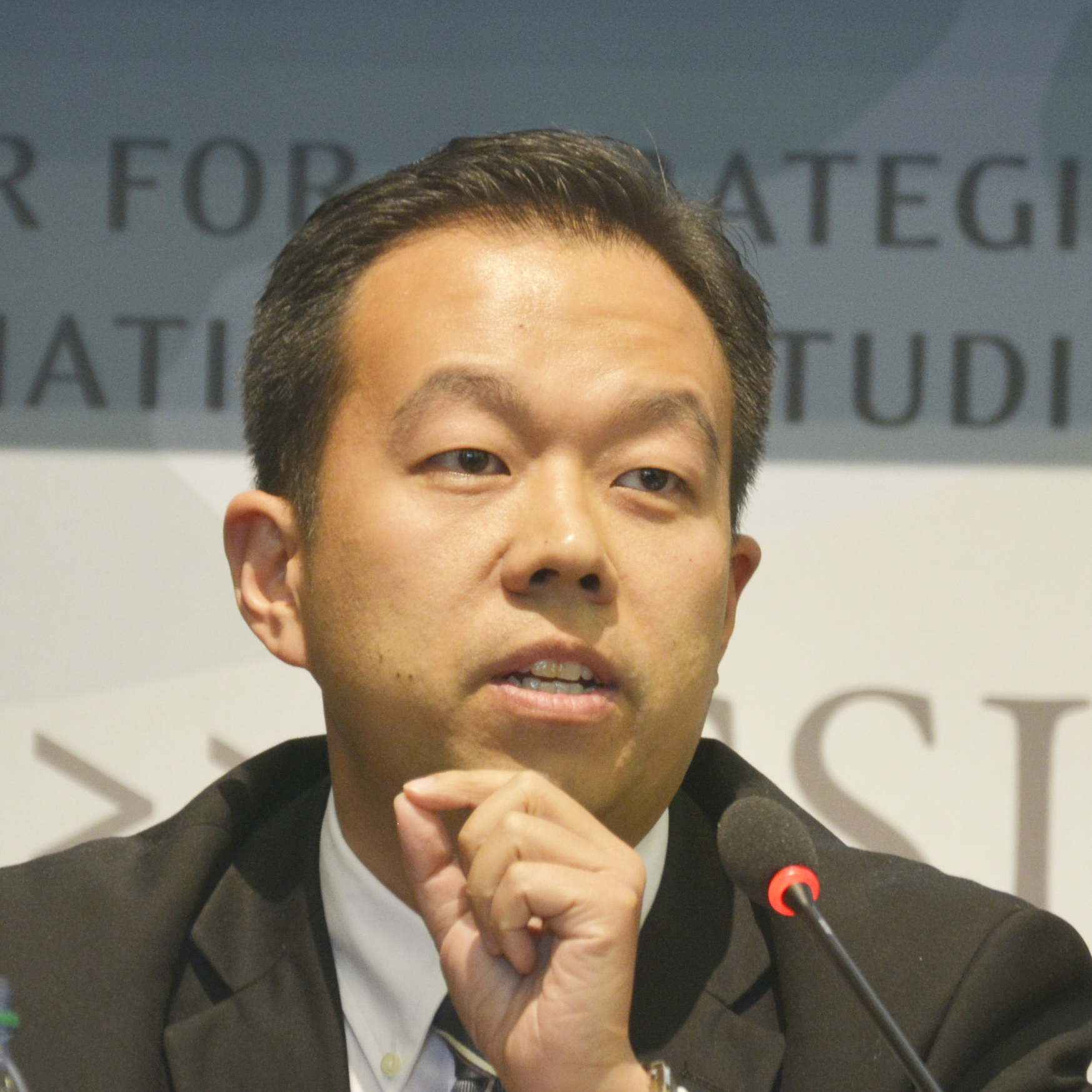
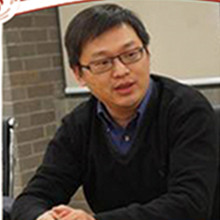
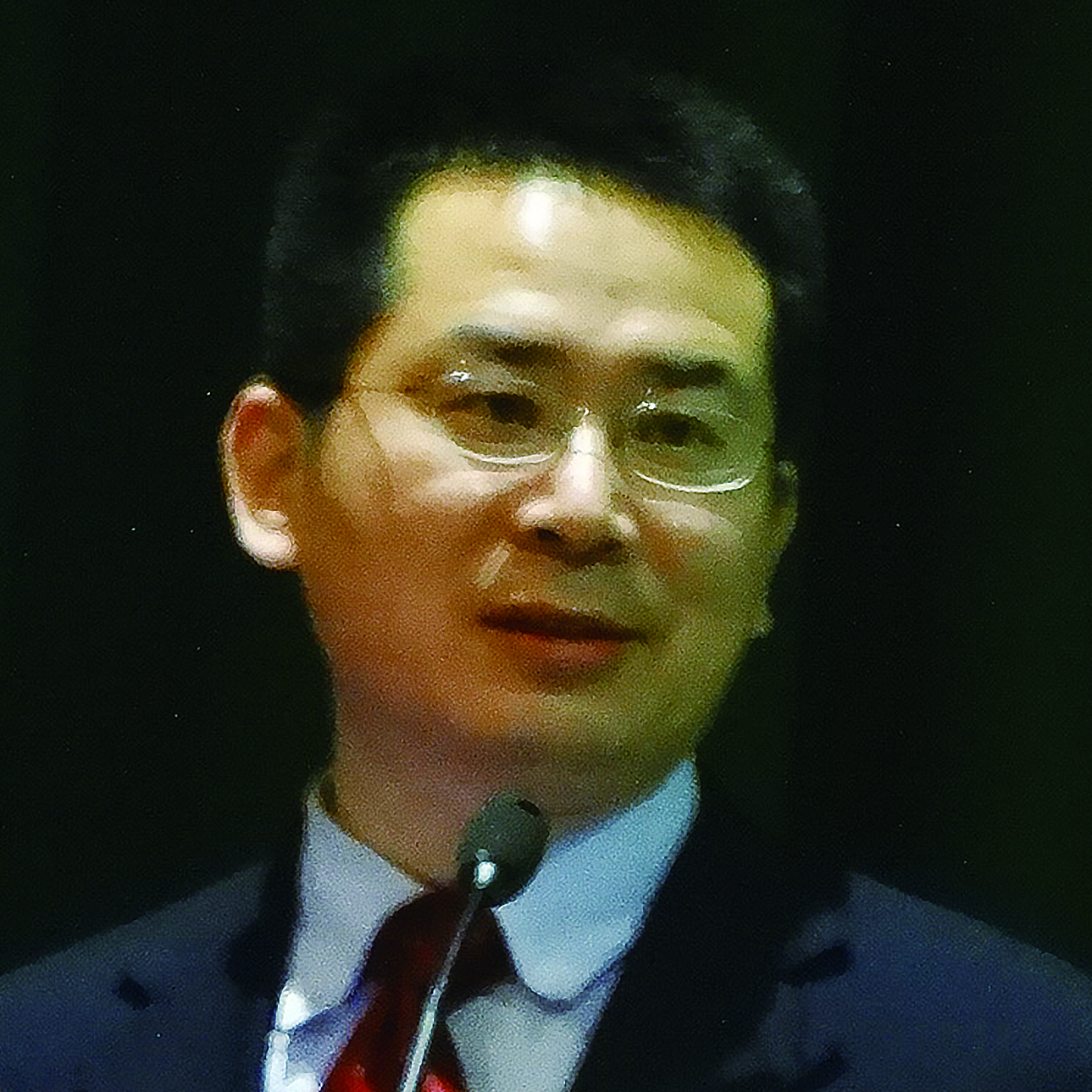
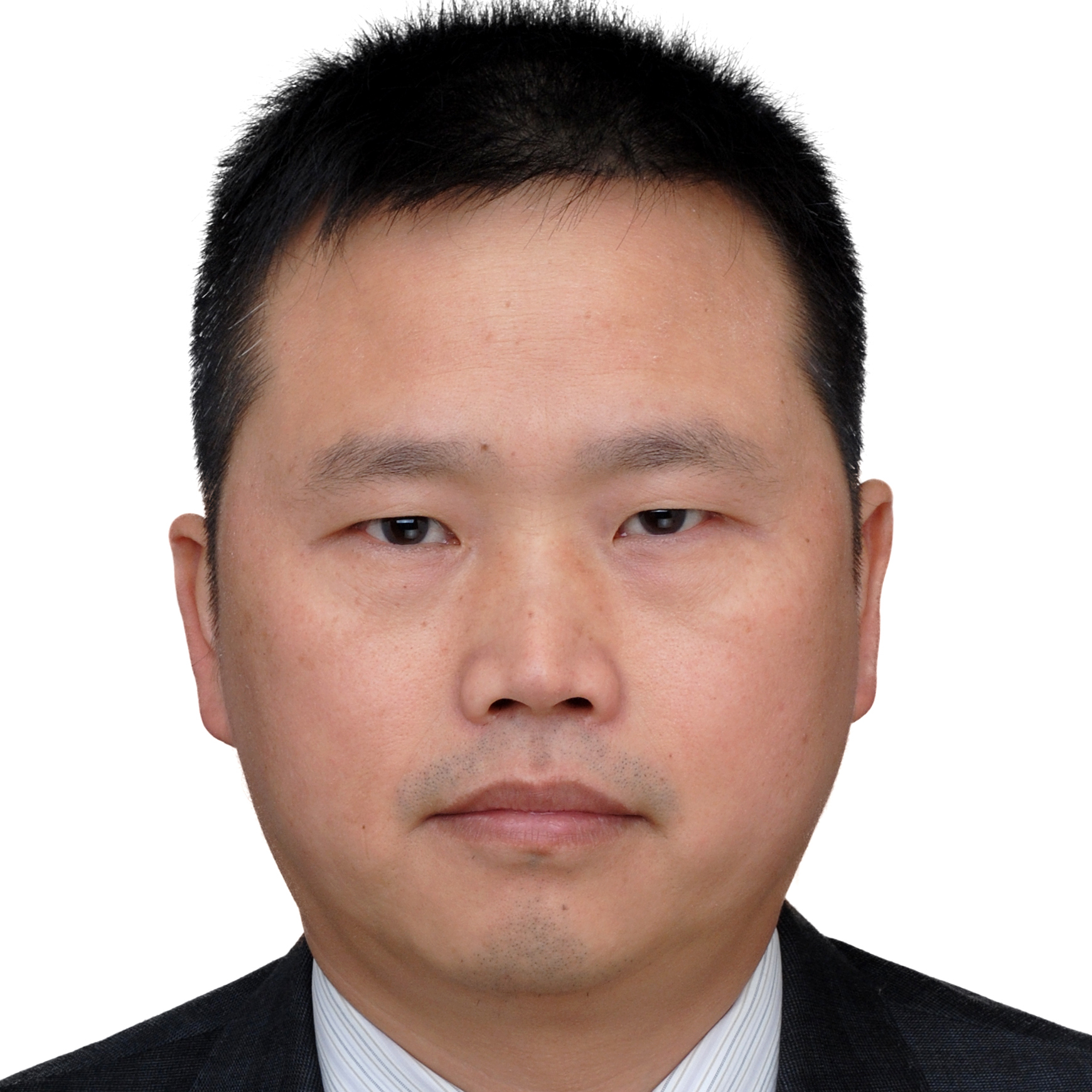







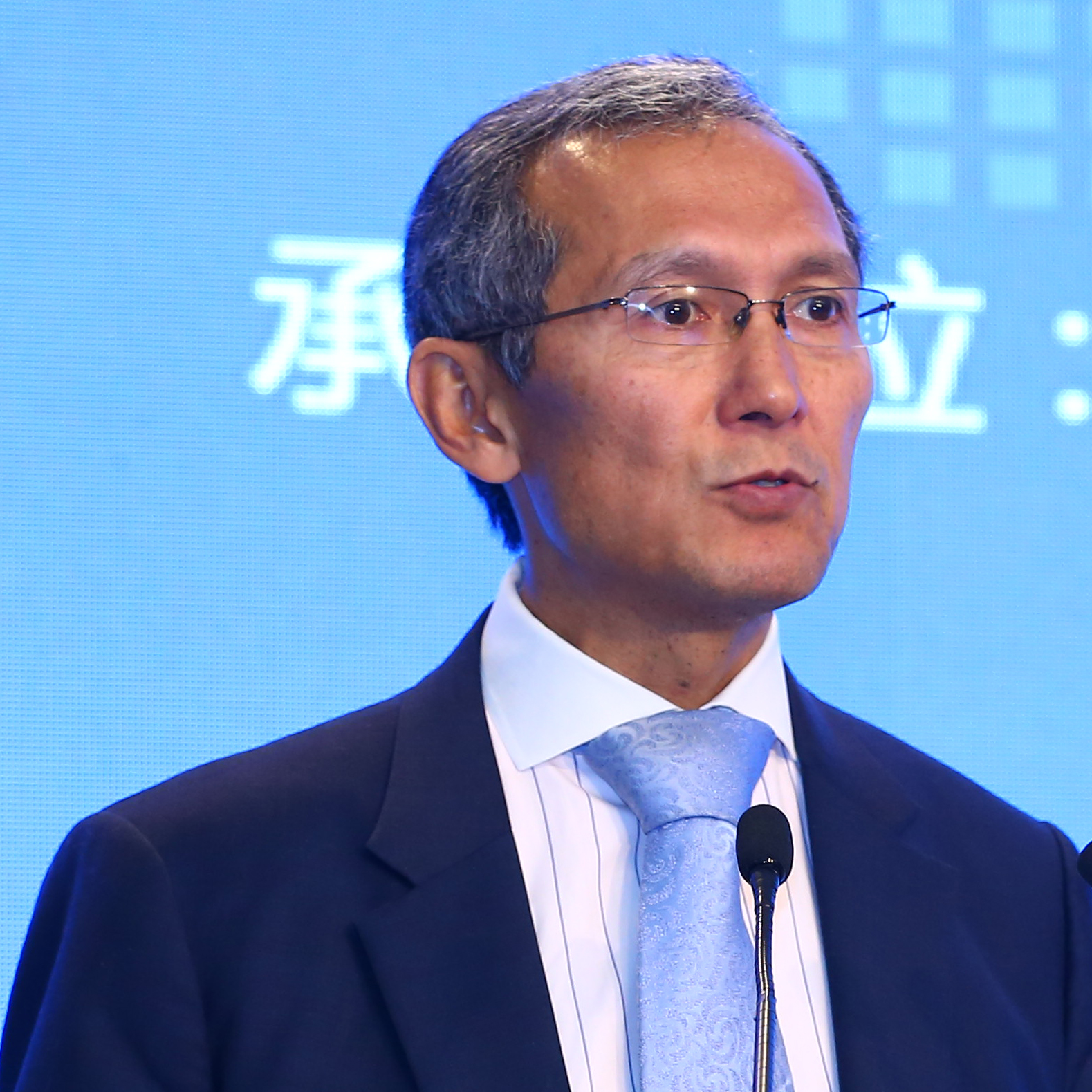








































 京公网安备 11010802037854号
京公网安备 11010802037854号





